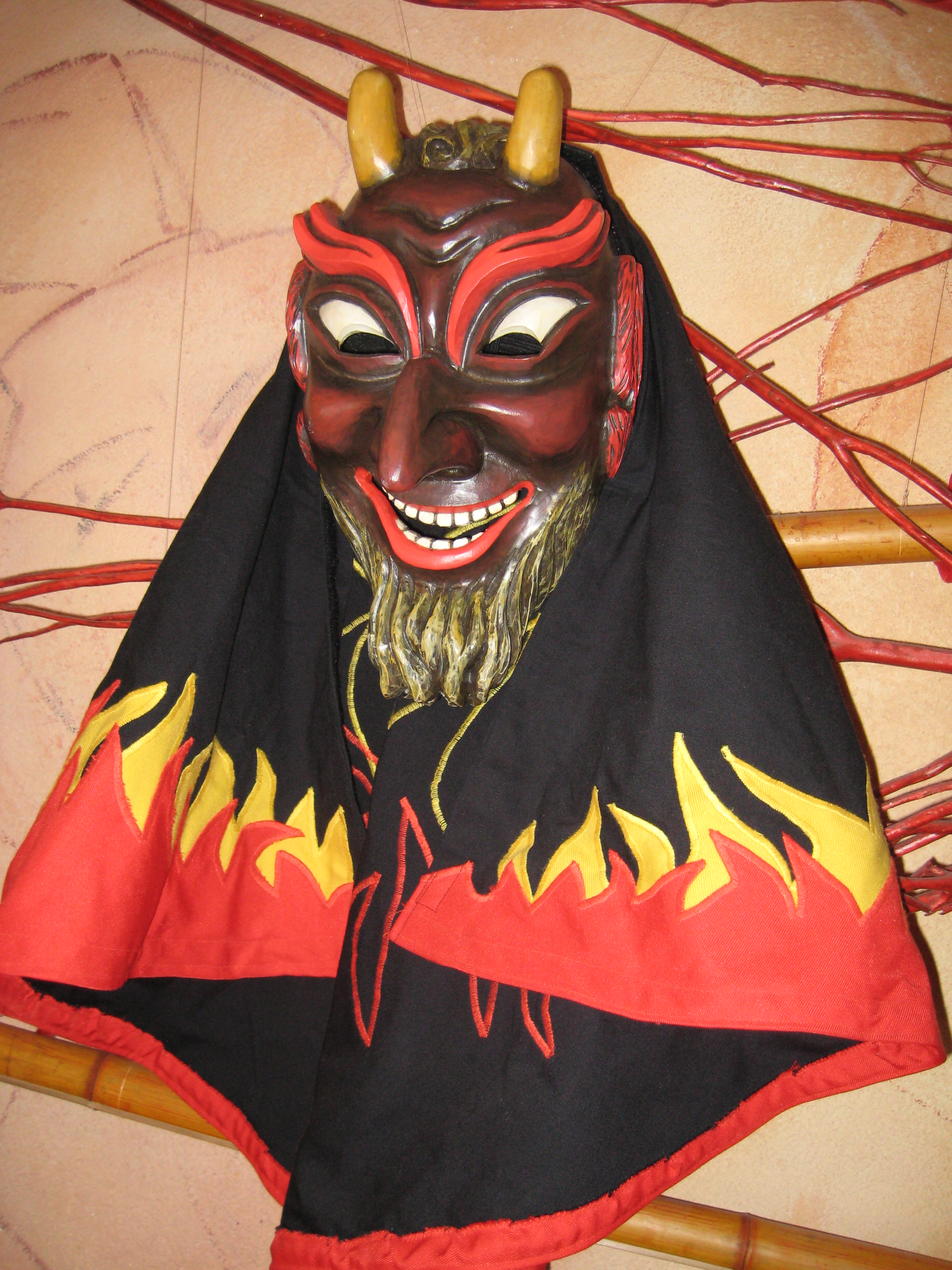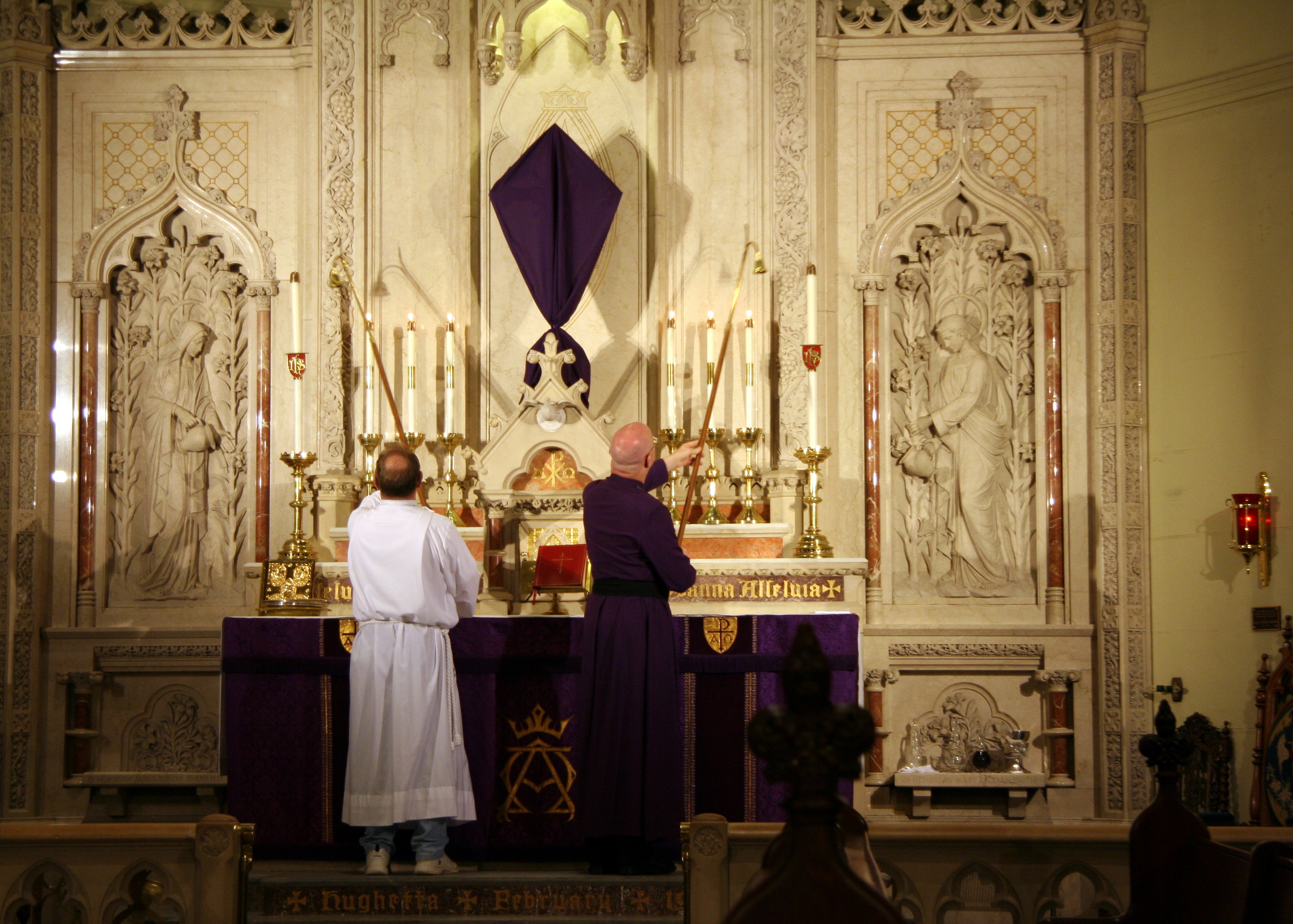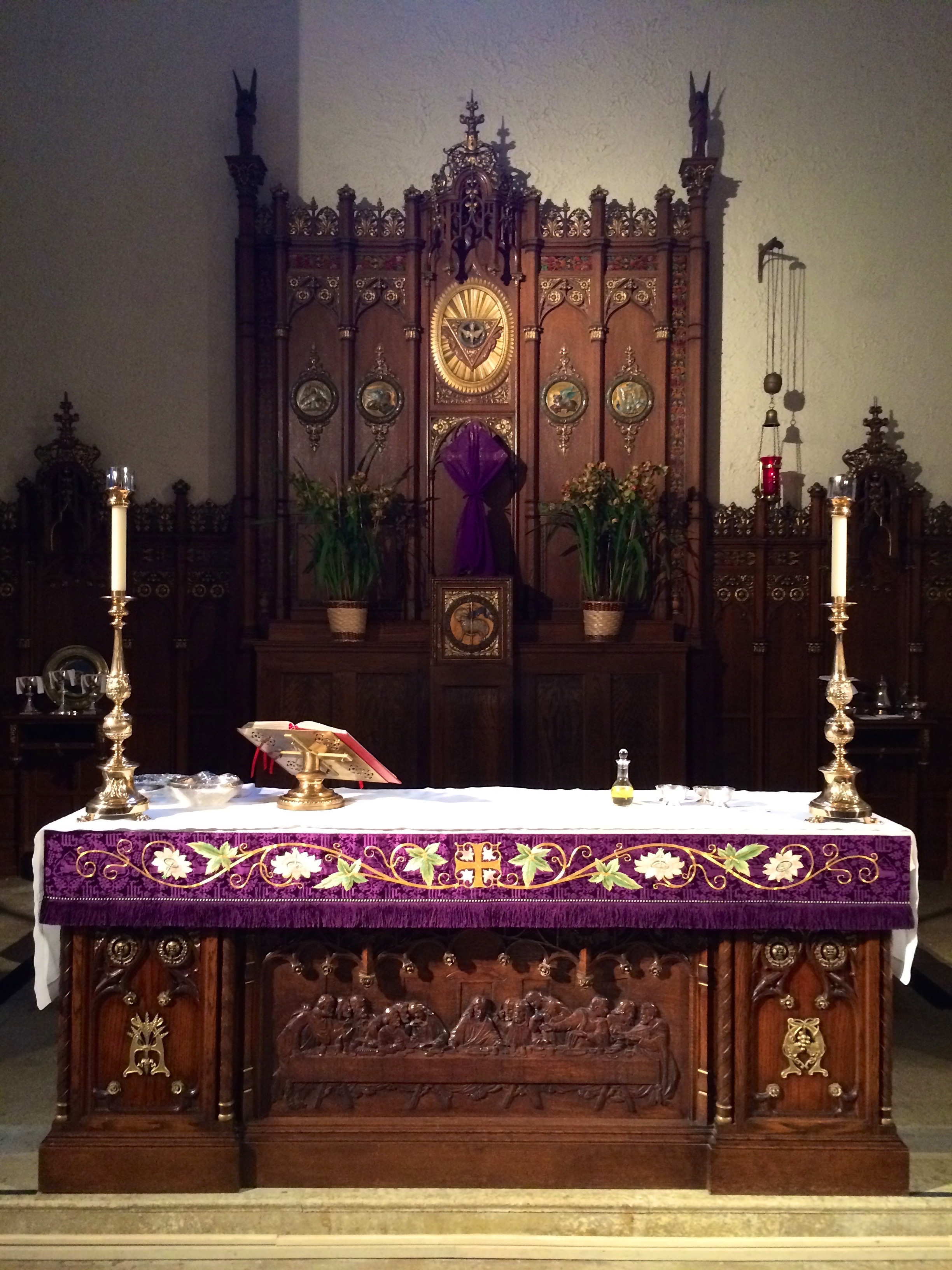|
Chienbäse
' is a Fasnacht tradition of Liestal, Basel-Landschaft, Switzerland. On the Sunday night after Ash Wednesday, the night before the ''Morgestraich'' in Basel city, a procession begins of people carrying burning bundles of pinewood chips (called ', the Alemannic German for "pinewood besom") through the medieval town center along the ''Rathausstrasse'', entering through the city gate from the south. In more recent decades the Chienbäse have been augmented with carts carrying bonfires, with flames often reaching as high as the houses. The parade is attended by thousands of spectators from Switzerland as well as from countries around the globe, closely packed on either side of the small street. The origins of the custom are open to speculation. Often identified as a "Alpine Paganism, pagan spring ritual" due to the archaic qualities of the fire spectacle, the earliest report of a procession of torch bearers dates to 1869. A tradition of bonfires before Lent has a longer history of ... [...More Info...] [...Related Items...] OR: [Wikipedia] [Google] [Baidu] |
Liestal
Liestal (, Standard ), formerly spelled Liesthal, is the capital of Liestal District and the Cantons of Switzerland, canton of Basel-Landschaft in Switzerland, south of Basel. Liestal is an industrial town with a Cobbled street, cobbled-street Old Town. The official language of Liestal is (the Swiss variety of Standard) Swiss Standard German, German, but the main spoken language is the local variant of the Alemannic German, Alemannic Swiss German (linguistics), Swiss German dialect. History The name ''Liestal'' was first mentioned in 1225, and the settlement dates at least from Ancient Rome, Roman times. The development of the town is due to its strategic location on the road between the first bridge over the Rhine at Basel and the St. Gotthard Pass. Citizens of Liestal participated in the Burgundian Wars in 1476 and 1477 against Charles the Bold. In 1501, the mayor swore allegiance to the Swiss Confederation, and this caused repeated conflict with neighboring Rheinfelden (Aa ... [...More Info...] [...Related Items...] OR: [Wikipedia] [Google] [Baidu] |
Fasnacht
The Swabian-Alemannic Fastnacht, Fasnacht (in Switzerland) or Fasnat/Faschnat (in Vorarlberg) is the pre-Lenten carnival of Alemannic folklore in Switzerland, southern Germany, Alsace and Vorarlberg. Etymology Popular etymology often links ''Fastnacht'' (in Mainz also ''Fassenacht'', in Switzerland ''Fasnacht'', in Swabia ''Fasnet'', ''Fasent'') with ''fasten'' ("to fast") – allegedly from celebrations on the eve preceding fasting. In the beginning of the 20th century it was a common assumption that the tradition had its roots in pre-Christian ritual. Comparison of dialect variants, however, yields an Old High German ''*fasanaht'', with an element ''fasa-'' of unclear meaning. A likely derivation looked to Proto-Indo-European ' "purify" (cognate to '' pava-mana''), or alternatively to Middle High German ''vaselen'' "prosper, bud", and interpreted the festival as a fertility rite. Historians around Werner Mezger refuted those theories, and showed that the name derives from ... [...More Info...] [...Related Items...] OR: [Wikipedia] [Google] [Baidu] |
Basel-Landschaft
Canton of Basel-Landschaft or Basel-Country, informally known as Baselland or Baselbiet (; ; ; ; ), is one of the 26 cantons forming the Swiss Confederation. It is composed of five districts and its capital city is Liestal. It is traditionally considered a " half-canton", the other half being Basel-Stadt, its urban counterpart. Basel-Landschaft is one of the northernmost cantons of Switzerland. It lies essentially south of the Rhine and north of the Jura Mountains. The canton shares borders with the canton of Basel-Stadt to the north, the canton of Aargau to the east, the canton of Solothurn to the south and the canton of Jura to the west. It shares international borders as well with France and Germany to the north. Together with Basel-Stadt, Basel-Landschaft was part of the canton of Basel, which joined the Old Swiss Confederacy in 1501. Political quarrels and armed conflict led to the partition of the canton in 1833. History Basel-Landschaft, together with Basel-Stadt, ... [...More Info...] [...Related Items...] OR: [Wikipedia] [Google] [Baidu] |
Switzerland
Switzerland, officially the Swiss Confederation, is a landlocked country located in west-central Europe. It is bordered by Italy to the south, France to the west, Germany to the north, and Austria and Liechtenstein to the east. Switzerland is geographically divided among the Swiss Plateau, the Swiss Alps, Alps and the Jura Mountains, Jura; the Alps occupy the greater part of the territory, whereas most of the country's Demographics of Switzerland, 9 million people are concentrated on the plateau, which hosts List of cities in Switzerland, its largest cities and economic centres, including Zurich, Geneva, and Lausanne. Switzerland is a federal republic composed of Cantons of Switzerland, 26 cantons, with federal authorities based in Bern. It has four main linguistic and cultural regions: German, French, Italian and Romansh language, Romansh. Although most Swiss are German-speaking, national identity is fairly cohesive, being rooted in a common historical background, shared ... [...More Info...] [...Related Items...] OR: [Wikipedia] [Google] [Baidu] |
Ash Wednesday
Ash Wednesday is a holy day of prayer and fasting in many Western Christian denominations. It is preceded by Shrove Tuesday and marks the first day of Lent: the seven weeks of Christian prayer, prayer, Religious fasting#Christianity, fasting and Alms#Christianity, almsgiving before the arrival of Easter. Ash Wednesday is observed by Christians of the Catholic, Lutheranism, Lutheran, Moravian Church, Moravian, Anglican (Episcopal Church (United States), Episcopalian), and United and uniting churches, United Protestant denominations, as well as by some churches in the Reformed tradition, Reformed, (including certain Congregationalist, Continental Reformed, and Presbyterian churches), Baptist, Methodist and Church of the Nazarene, Nazarene traditions. Ash Wednesday is traditionally observed with Religious_fasting#Christianity, fasting and abstinence from meat in several Christian denominations. As it is the first day of Lent, many Christians begin Ash Wednesday by marking a Lenten ... [...More Info...] [...Related Items...] OR: [Wikipedia] [Google] [Baidu] |
Morgestraich
The Carnival of Basel () is the biggest carnival Carnival (known as Shrovetide in certain localities) is a festive season that occurs at the close of the Christian pre-Lenten period, consisting of Quinquagesima or Shrove Sunday, Shrove Monday, and Shrove Tuesday or Mardi Gras. Carnival typi ... in Switzerland and it is the main Protestant carnival in the world. ''Basler Fasnacht'' takes place annually between February and March in Basel. It has been listed as one of the top fifty local festivities in Europe. Since 2017, the Carnival of Basel has been included in UNESCO's intangible cultural heritage. Overview The ''Basler Fasnacht'' starts on the Monday after Ash Wednesday at precisely 4:00 am with the so-called ''Morgestraich'' (#Morgestraich, see below). The carnival lasts for exactly 72 hours and, therefore, ends on Thursday morning at 4:00 am. During this time the ''Fasnächtler'' (the participants) dominate the old town of central Basel, running free ... [...More Info...] [...Related Items...] OR: [Wikipedia] [Google] [Baidu] |
Basel
Basel ( ; ), also known as Basle ( ), ; ; ; . is a city in northwestern Switzerland on the river Rhine (at the transition from the High Rhine, High to the Upper Rhine). Basel is Switzerland's List of cities in Switzerland, third-most-populous city (after Zurich and Geneva), with 177,595 inhabitants within the city municipality limits. The official language of Basel is Swiss Standard German and the main spoken language is the local Basel German dialect. Basel is commonly considered to be the cultural capital of Switzerland and the city is famous for its many Museums in Basel, museums, including the Kunstmuseum Basel, Kunstmuseum, which is the first collection of art accessible to the public in the world (1661) and the largest museum of Swiss art, art in Switzerland, the Fondation Beyeler (located in Riehen), the Museum Tinguely and the Museum of Contemporary Art (Basel), Museum of Contemporary Art, which is the first public museum of contemporary art in Europe. Forty museums ... [...More Info...] [...Related Items...] OR: [Wikipedia] [Google] [Baidu] |
Alemannic German
Alemannic, or rarely Alemannish (''Alemannisch'', ), is a group of High German dialects. The name derives from the ancient Germanic tribal confederation known as the Alemanni ("all men"). Distribution Alemannic dialects are spoken by approximately ten million people in several countries: * In Europe: ** Switzerland: all German-speaking parts of the country except Samnaun ** Germany: centre and south of Baden-Württemberg, Swabia, and certain districts of Bavaria ** Austria: Vorarlberg, Reutte District of Tyrol ** Liechtenstein ** France: Alsace region ( Alsatian dialect) and in some villages of the Phalsbourg county, in Lorraine ** Italy: Gressoney-La-Trinité, Gressoney-Saint-Jean, Issime, Alagna Valsesia, Rimella and Formazza, in some other villages almost extinct *Outside Europe: ** United States: Allen and Adams County, Indiana, by the Amish there and also in their daughter settlements in Indiana and other U.S. states. ** Venezuela: Colonia Tovar ( Colonia ... [...More Info...] [...Related Items...] OR: [Wikipedia] [Google] [Baidu] |
Alpine Paganism
The central and eastern Alps of Europe are rich in folklore traditions dating back to pre-Christian times, with surviving elements originating from Germanic, Gaulish (Gallo-Roman), Slavic ( Carantanian) and Raetian culture. Survival through the ages Ancient customs survived in the rural parts of Austria, Switzerland, Bavaria, Slovenia, western and northern Croatia and north eastern Italy in the form of dance, art, processions, rituals and games. The high regional diversity results from the mutual isolation of Alpine communities. In the Alps, the relationship between the Roman Catholic Church and paganism has been an ambivalent one. While some customs survived only in the remote valleys inaccessible to the church's influence, other customs were actively assimilated over the centuries. In light of the dwindling rural population of the Alps, many customs have evolved into more modern interpretations. Pastoral traditions Around September 8, the feast of the Nativity of Mary, it ... [...More Info...] [...Related Items...] OR: [Wikipedia] [Google] [Baidu] |
Lent
Lent (, 'Fortieth') is the solemn Christianity, Christian religious moveable feast#Lent, observance in the liturgical year in preparation for Easter. It echoes the 40 days Jesus spent fasting in the desert and enduring Temptation of Christ, temptation by Satan, according to the Gospels of Gospel of Matthew, Matthew, Gospel of Mark, Mark and Gospel of Luke, Luke, before beginning his Ministry of Jesus, public ministry. Lent is usually observed in the Catholic Church, Catholic, Lutheranism, Lutheran, Moravian Church, Moravian, Anglican Communion, Anglican, United and uniting churches, United Protestant and Eastern Orthodoxy, Orthodox Christian traditions, among others. A number of Anabaptism, Anabaptist, Baptists, Baptist, Methodism, Methodist, Calvinism, Reformed (including certain Continental Reformed Protestantism, Continental Reformed, Presbyterianism, Presbyterian and Congregational church, Congregationalist churches), and Nondenominational Christianity, nondenominational Ch ... [...More Info...] [...Related Items...] OR: [Wikipedia] [Google] [Baidu] |







